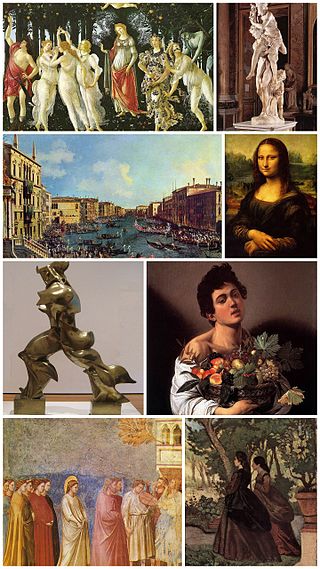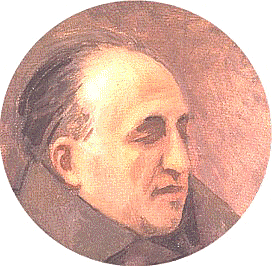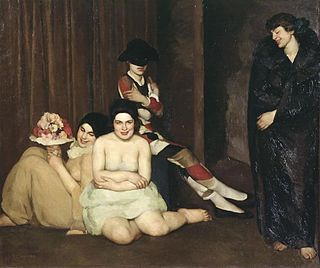Related Research Articles
Margherita is an Italian feminine given name. It also is a surname. As a word, in Italian it means "daisy".

Margherita Sarfatti was an Italian journalist, art critic, patron, collector, socialite, and prominent propaganda adviser of the National Fascist Party. She was Benito Mussolini's biographer as well as one of his mistresses.
My Autobiography is a book by Benito Mussolini. It is a dictated, narrative autobiography recounting the author's youth, his years as an agitator and journalist, his experiences in World War I, the formation and revolutionary struggles of the Fascist Party, the March on Rome, and his early years in power. It was first published in 1928; Richard Washburn Child, together with Luigi Barzini, Jr., served as the book's ghostwriter.

Jack Sarfatti is an American theoretical physicist. Working largely outside academia, most of Sarfatti's publications revolve around quantum physics and consciousness.
Sarfati is a Sephardic Jewish surname.
Parè is a frazione of the comune (municipality) of Colverde in the Province of Como in the Italian region Lombardy, located about 40 kilometres (25 mi) northwest of Milan and about 6 kilometres (4 mi) west of Como, on the border with Switzerland. It was a separate comune until 2014.

The "Manifesto of Fascist Intellectuals", by the actualist philosopher Giovanni Gentile in 1925, formally established the political and ideologic foundations of Italian Fascism. It justifies the political violence of the Blackshirt paramilitaries of the National Fascist Party, in the revolutionary realisation of Italian Fascism as the authoritarian and totalitarian rėgime of Prime Minister Benito Mussolini, who ruled Italy as Il Duce, from 1922 to 1943.

Novecento Italiano was an Italian artistic movement founded in Milan in 1922 to create an art based on the rhetoric of the fascism of Mussolini.

Leonardo Dudreville was a Venetian-born Italian painter. He was one of the founders of the Nuove tendenze as well as of Novecento Italian art movements.

Ugo Piatti was an Italian painter and instrument maker, best known for collaborating on the construction of the intonarumori with Luigi Russolo.

Arturo Tosi (1871–1956) was an Italian painter known best for his landscapes.

Amerigo Bartoli Natinguerra was an Italian painter, caricaturist, and writer. He mainly painted vedute and landscapes, using both oil and water color in subdued earthy tones. He also painted still lifes and portraits.
Cara o cruz, is an American telenovela created and produced by Telemundo and Argos Comunicación in 2001.

Baron Alberto Fassini (1875–1942) was an Italian business tycoon and film producer. Fassini owned a large synthetic textile company, and was close to the regime of the dictator Benito Mussolini. He owned the Palazzo Tittoni where Mussolini lived from 1923 to 1929.

Prince Adalberto of Savoy, Duke of Bergamo, was an Italian prince of the House of Savoy.
Canción de amor is a Mexican telenovela directed by Alfredo Gurrola and produced by Luis de Llano Macedo for Televisa in 1996. It premiered on Canal de las Estrellas on Monday, May 13, 1996, and ended on Friday, September 13, 1996.
Pietro Marussig was an Italian painter.

Gian Emilio Malerba (1880–1926) was an Italian painter and illustrator, one of the founders of the Novecento Italiano in Milan. He initially created works in a Liberty or Art Nouveau style.
Grassini is a surname. Notable people with the surname include: